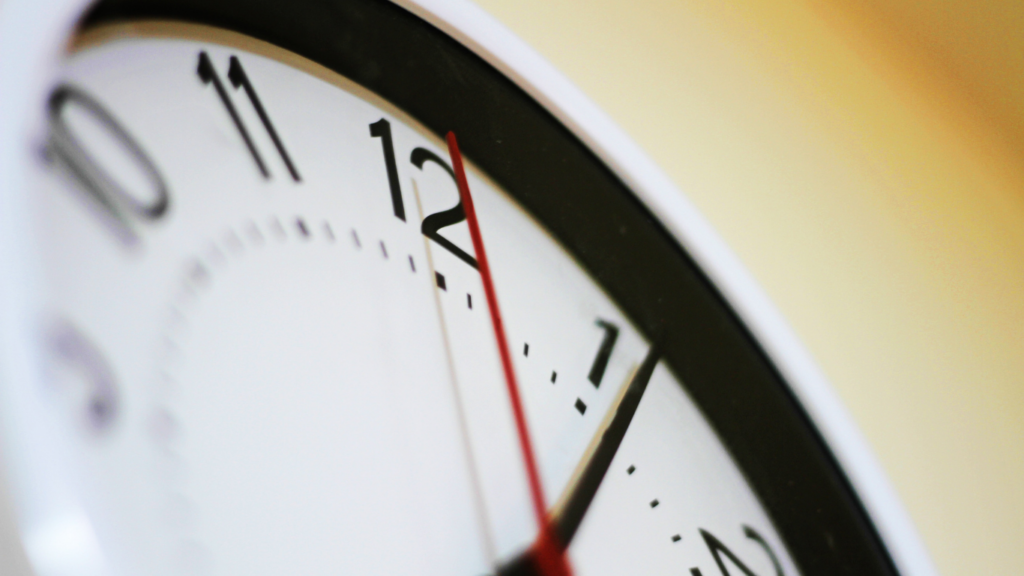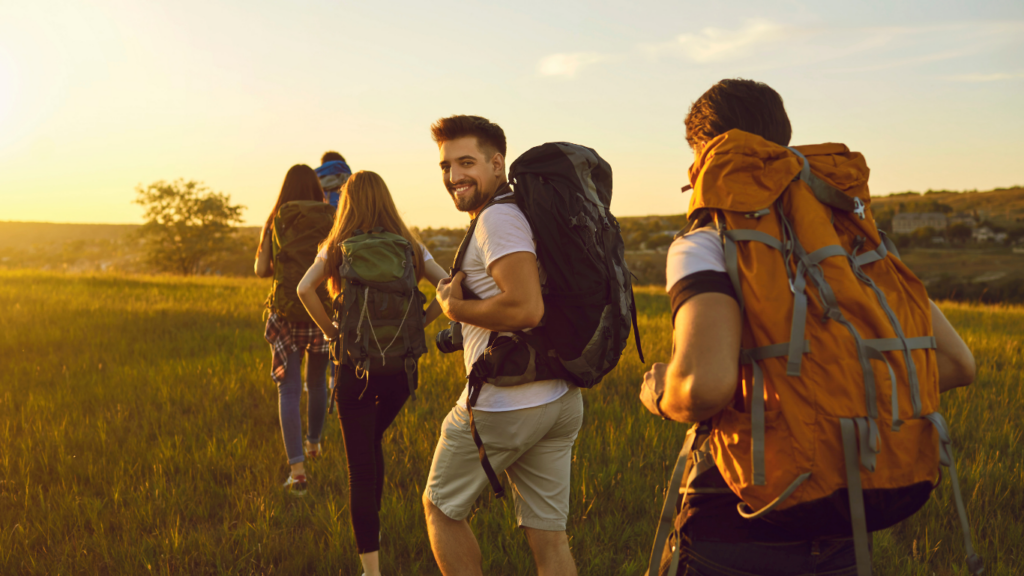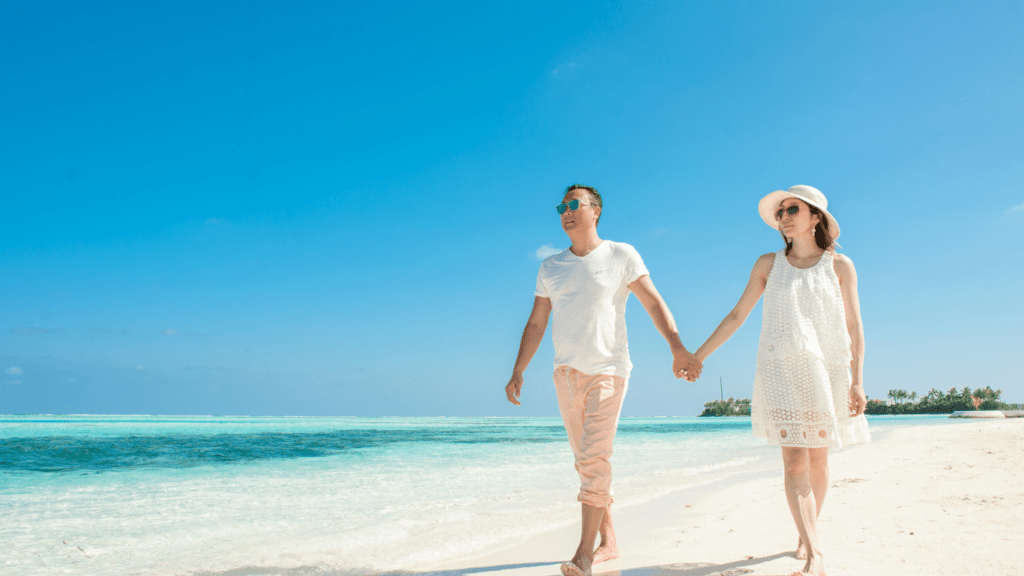When it comes to planning a trip, timing can make all the difference. I’ve learned that choosing the best time to travel involves balancing weather conditions, crowd sizes, and cost factors. A little research can turn a mediocre vacation into an unforgettable experience.
Whether you’re dreaming of sun-soaked beaches or snow-capped mountains, understanding seasonal patterns helps you select the perfect destination. Plus, avoiding peak tourist seasons can save you money and provide a more relaxed atmosphere.
Let’s dive into how to navigate these crucial elements to ensure your next adventure is everything you’ve imagined and more.
Choosing the Best Time to Travel
Choosing the best time to travel requires careful consideration of three key factors: weather, crowds, and costs. Each element influences the overall experience and can enhance or detract from a trip.
Weather Considerations
Weather patterns vary significantly by season and location. Travelers often prefer spring and fall for milder temperatures and fewer rainfalls. In tropical regions, the dry season typically boosts comfort levels, while winter months may bring snow, ideal for skiing.
Researching destination-specific climate data, such as average monthly temperatures and precipitation rates, ensures I can plan effectively.
Crowd Dynamics
Crowd sizes impact the travel experience considerably. Peak seasons often attract larger crowds, leading to long lines and wait times at popular attractions. I find it beneficial to travel during shoulder seasons, just before or after peak periods.
This strategy often results in fewer tourists, allowing for a more relaxed and enjoyable visit.
Cost Considerations
Travel costs fluctuate based on the time of year. High demand during peak seasons can inflate airfares and accommodation prices. Conversely, traveling during off-peak times frequently offers more affordable options.
I can explore pricing trends using historical data from airline websites and booking platforms to identify the best travel windows.
Final Thoughts on Timing
Realizing optimal travel times involves balancing these factors. By evaluating weather conditions, crowd sizes, and travel costs, I can select the perfect time for my next adventure. Planning strategically leads to memorable experiences without overspending or dealing with overwhelming crowds.
Weather Considerations
Weather significantly influences travel experiences. Understanding climate patterns and potential weather events can help refine travel plans.
Seasonal Climate Patterns
Seasonal climate patterns impact temperatures, precipitation, and overall comfort. Winter often brings frigid conditions in northern regions, while summer can lead to heatwaves. Spring and fall usually present mild temperatures, appealing for many travelers.
To improve the trip experience, consider the following:
- Temperature highs and lows: Research average temperature ranges for your destination to pack appropriately.
- Precipitation levels: Investigate historical rainfall data to avoid wet seasons, particularly in tropical regions.
- Humidity factors: Account for humidity, as it can affect comfort levels, especially in coastal or tropical areas.
Traveling during optimal weather conditions enhances enjoyment and minimizes disruptions.
Natural Weather Events
Natural weather events can affect travel plans. Severe weather conditions such as hurricanes, snowstorms, and wildfires may lead to trip disruptions or cancellations.
Here are critical aspects to monitor:
- Hurricane season: Typically spans June to November in the Atlantic. Those heading to affected areas should plan carefully.
- Winter storms: These can disrupt transportation, especially in northern regions from December to February.
- Wildfire risks: Certain regions, particularly in the western U.S., face wildfire season during late summer and early fall. Check alerts and advisories.
Staying informed about seasonal weather patterns and natural events ensures a safer and more enjoyable travel experience.
Understanding Crowds
Crowd sizes significantly impact the travel experience, affecting everything from accommodation availability to attractions’ accessibility. Recognizing patterns in tourist activity can enhance a trip’s enjoyment.
Peak Travel Seasons
Peak travel seasons often coincide with school holidays, major festivals, and favorable weather. Popular destinations attract large numbers of tourists during summer and winter breaks. For example, beach destinations like Cancun and Hawaii see the most visitors from late December to early January, while ski resorts experience peak crowds from mid-December through February. Booking well in advance during these times is crucial for securing better deals and availability. In contrast, traveling during shoulder seasons—just before or after peak times—often leads to fewer crowds and lower prices.
Local Events and Festivals
Local events and festivals can significantly influence crowd sizes. Popular festivals and events can attract thousands of visitors, leading to increased accommodation prices and crowded attractions.
For instance, the National Cherry Blossom Festival in Washington, D.C., draws large crowds every spring, while Mardi Gras in New Orleans fills the streets with revelers in February. Checking event calendars prior to planning a trip can help avoid unexpectedly crowded periods or enhance the experience with local culture.
Planning around these events can either enhance the travel experience or necessitate adjustments for a less crowded environment.
Cost Factors to Consider
Cost plays a crucial role in travel planning. Analyzing financial aspects can lead to more enjoyable and affordable experiences.
Off-Peak Travel Discounts
Off-peak travel often offers significant discounts on flights, accommodations, and attractions. Prices can drop by 20% to 50% during these times compared to peak seasons. For example, traveling to Europe in late autumn rather than summer can provide lower airfare and hotel rates.
Many airlines and hotels implement dynamic pricing, adjusting rates based on demand. Traveling during weekdays instead of weekends also tends to yield better deals. By booking in advance, I increase chances of securing these savings and improving my overall budget.
Budget Planning and Strategies
Effective budget planning requires careful consideration of several factors. First, determine total travel costs, including flights, lodging, food, and activities. Setting a daily budget is helpful; allocating $50 to $150 per day allows flexibility for meals and experiences.
Additionally, I recommend using travel apps or websites to track expenses and find local deals, helping maintain budget discipline. Researching free local attractions and discounts for popular sites also enhances the travel experience without overspending. Using travel rewards programs or credit card points can further reduce costs and maximize value during trips.




